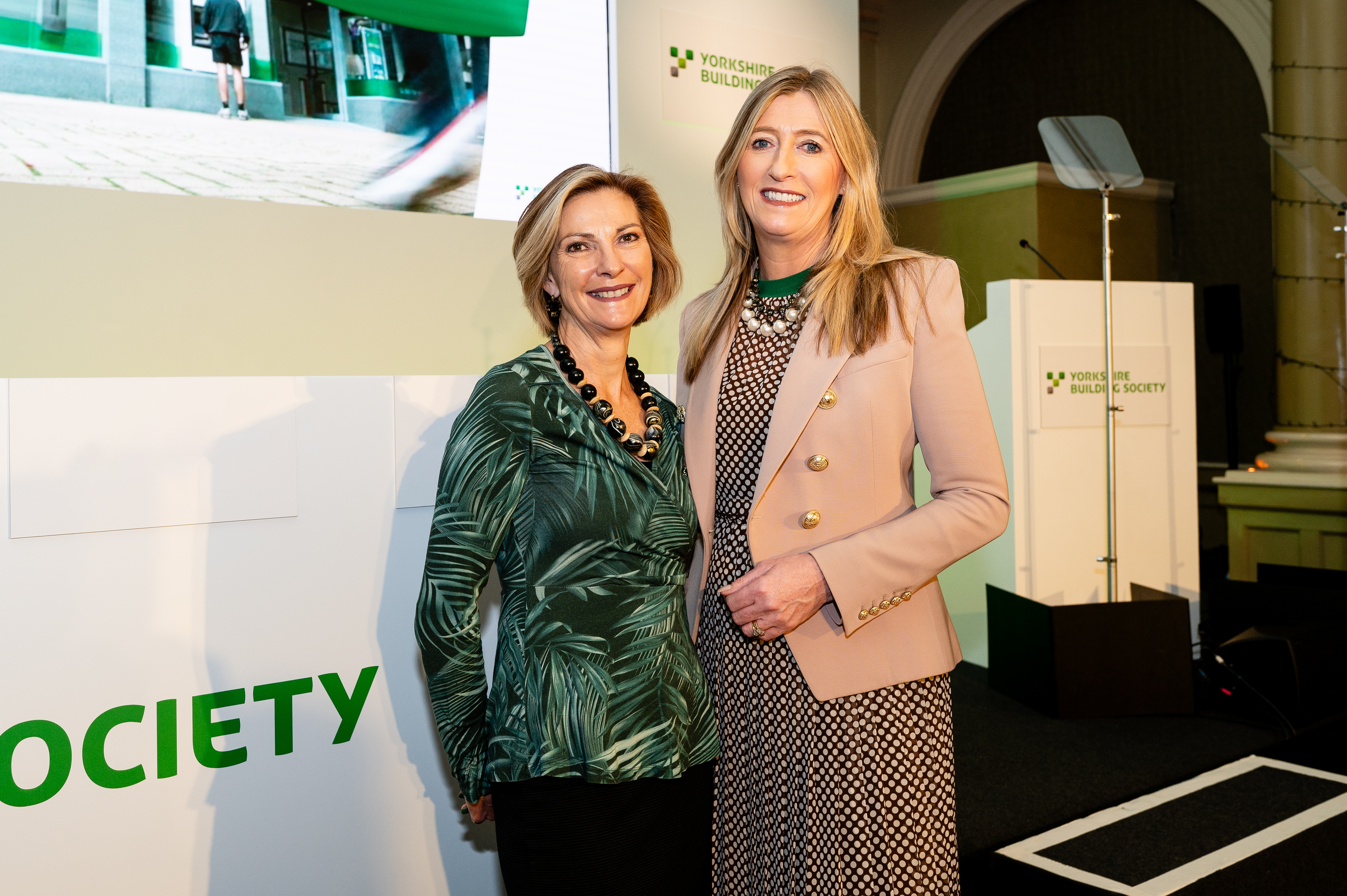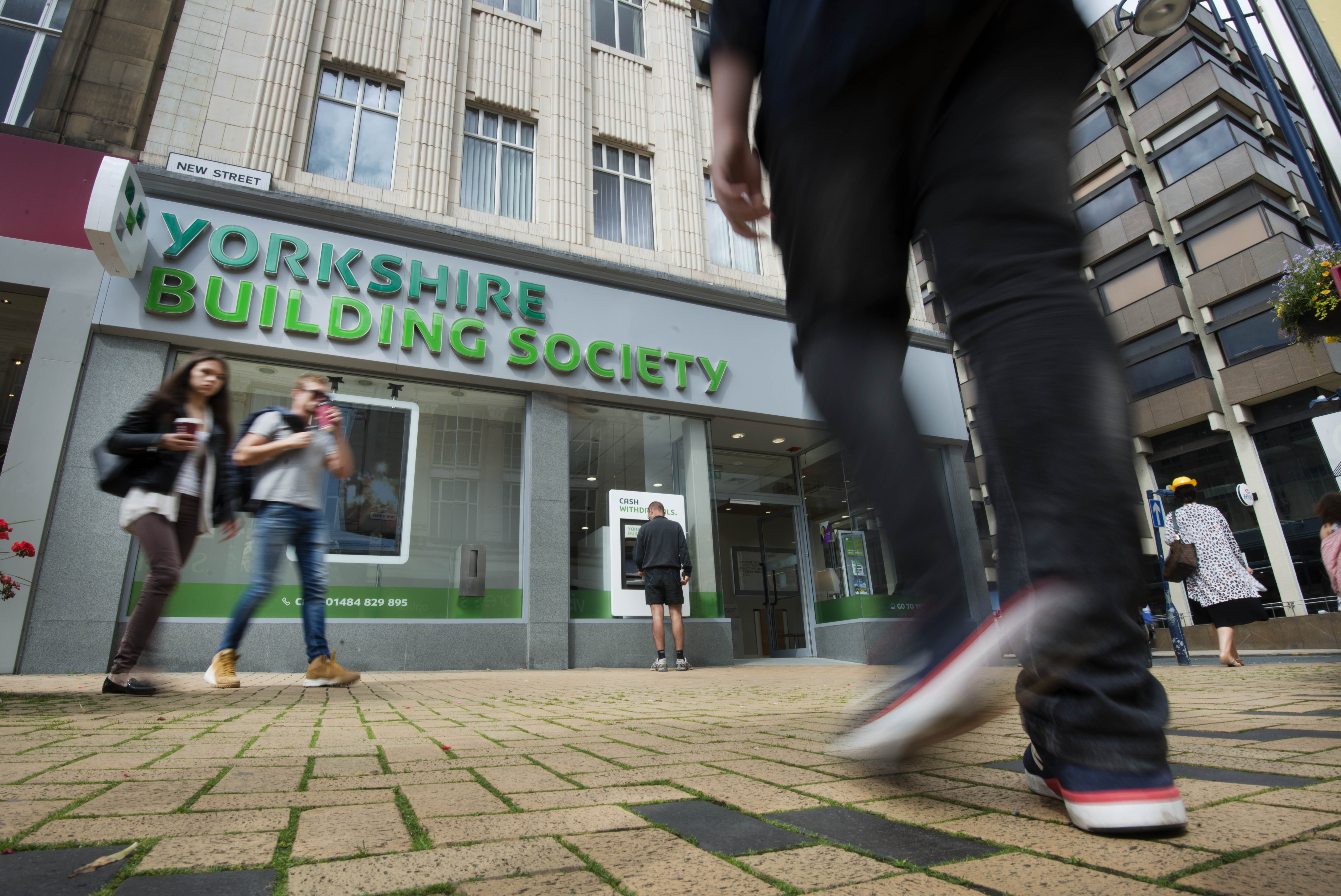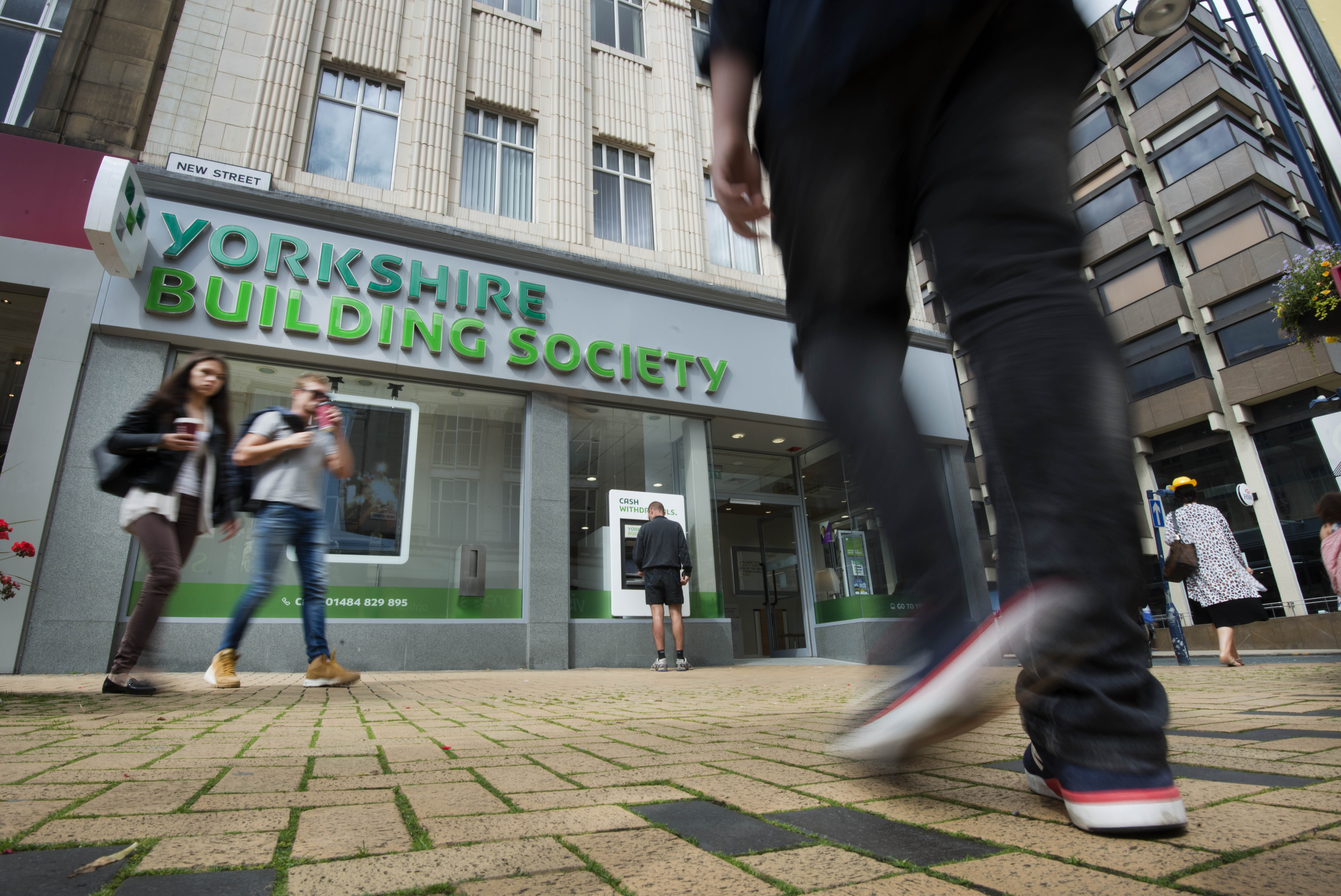Covid-19 - is economic uncertainty the new certainty? | YBS
Covid-19 - is economic uncertainty the new certainty?
This time last year, it was hard to imagine the devastation and disruption an organism as miniscule as a tiny virus could wreak across the world.
Although primarily a global health emergency which has sadly taken far too many lives, Covid-19 has impacted almost every aspect of the way we live, with almost inconceivable consequences. We are a world away from where we were just 12 months ago.
As an economist of over 20 years, it’s no exaggeration to say that we’ve never seen anything like this before. Ahead of the GDP figures for the second quarter of 2020 being published on Wednesday, Here’s my reflection on the economic uncertainty of 2020 – including the steepest fall in GDP in modern times, the response of the UK government and effect on employment and housing, as well as the possibility of a V-shaped recovery.
Is the UK in recession?
The consensus is that the UK is heading into its deepest downturn in modern times – perhaps even since the 18th century - caused by the lockdown needed to contain the coronavirus pandemic. Some data is available to help gauge the scale of the economic damage done during the early stages of lockdown.
What is a recession?
We measure economic health by growth, with gross domestic product (GDP) or the amount of total wealth a country produces, seen as the standard indication of how an economy is faring.
This is typically measured every month, with economists keeping a close eye on whether that number grows or shrinks, and by what proportion. We would say an economy is in recession if GDP shrinks in two consecutive quarters, and we’ll learn on Wednesday if the UK is officially in recession.
The Covid-19 recession
The UK’s latest monthly estimate shows the economy shrank by a record 20.4% in April, which was the first full month of lockdown. Although we did growth for May, at just 1.8%, it’s difficult see the contraction reversing quickly.
Overall, when we compare the in the three months to May with the three months immediately before that, we can see a fall in GDP of 19.1%. After an uptick in activity as services reopened in May and June, it remains to what the figures for the full second quarter will look like. However, GDP is still around 25% lower than the pre-Crisis peak. Even if growth picks up in the third quarter of the year and we don’t enter a technical recession, it seems unlikely the economy will grow enough to compensate for April.
Steepest fall in GDP in modern times
This fall in GDP is the steepest in modern times. Historic data from the Bank of England suggests the coronavirus recession could be the deepest in almost 300 years. By comparison, in 2008 to 2009, during the Global Financial Crisis the UK economy shrank by just 6%, over a much longer period.
Not surprisingly, the sectors most impacted were the ones bearing the brunt of the lockdown measures – travel and tourism, leisure, gyms, hotels, restaurants, pubs and non-essential high street retailers.
But at the other extreme, output in the agriculture and public administration sectors has been largely unaffected, while some online businesses have reported uptick in sales and demand.
With the easing of the lockdown from May, followed by significant parts of the economy reopening between mid-June and the first weekend in July, we should see resumption in economic activity.
Barring a second full UK lockdown, April is likely to be marked as the worst month for the UK economy during the crisis. Although retail sales dropped by 19% in April, the largest monthly decline on record, we have since seen an encouraging rebound. As shops reopened, sales quickly returned almost to pre-lockdown levels.
Challenges to economic recovery
As the economy slowly reopens, we expect growth to recover in the second half of this year and in 2021. However, social distancing rules will limit how businesses can operate, making trading for some unprofitable, or worse, physically impossible.
Unparalleled government support
The government has made loans and grants available to businesses to support them during the lockdown. But it could still take many years of trading for these debts to be repaid and for companies to return to profitability, assuming activity resumes to normal levels.
The government has also provided support to workers through the furlough scheme. So far 9.4 million, or just over 30%, of employees have been furloughed. Meanwhile, 2.6 million, or 76%, of eligible self-employed workers have made claims.
Whilst the aim of the scheme is to minimise jobs losses, looking at the number of people claiming out-of-work benefits gives us a more accurate picture. According to these figures, the Claimant Count unemployment rate has doubled from 3.5% in March to 7.3% in June, marginally down from 7.4% in May.
With employers expected to bear some cost of the furlough scheme from August it is likely that unemployment will rise in the coming months.
To further minimise a rise in unemployment the government has introduced a scheme that provides a one-off £1,000 payment for businesses that retain furloughed staff to January 2021. Additionally the government has also introduced the Kickstart placement and apprentice schemes to help people working again.
What will happen to the housing market?
Since 2016, the number of housing transactions has annually averaged 1.2 million. It is likely to be lower this year, due to the seven-week housing market lockdown and impact of Covid-19 on jobs and the economy.
The Chancellor has announced a mortgage payment holiday of up to six months, designed to help households in financial difficulty which should cushion the effect of the economic slump on the housing market.
The recent cut in the stamp duty for house prices up to £500,000* could have a short-term rallying effect on sales and prices and any help for home-buyers is welcome news in the current environment.
Early signs have been encouraging, but this tax cut is unlikely to solve the housing market’s underlying issues. It will mostly help buyers materially in high value areas, and many first-time buyers in northern regions will see little benefit.
It’s a sticking plaster for the immediate issues around confidence in the housing market, rather than a long-term solution.
What next for economy?
The government support schemes are designed to stabilise the economy from complete freefall, but the economic outlook is still extremely uncertain. It is, in some respects, a hostage to this invisible virus, inversely tied to its fate.
A second wave of new cases, ushering in another lockdown, would inevitably stunt recovery, whilst scientists creating and making a vaccine available globally could be an economic, as well as a literal, panacea.
There are many unknowns and predicting what might happen with any certainty is extremely difficult, if not impossible, even for economists.
Will there be a V-shaped recovery?
What I would say is that our most likely scenario is what we would call a V-shaped recovery - a sharp contraction this year, with faster growth next year as consumer demand and business investment returns. The Bank of England’s economist, Andy Haldane, believe the UK is on track for this scenario.
The U-shaped recovery
We also think a U-shaped recovery, where the economy could remain in a slump for longer and then pick up, is also not out of the question if, say, consumer demand remains depressed
The L-shaped recovery
A less likely scenario is an L-shaped recovery, where the economy stays in a slump for a longer period and recovers slowly.
Whatever the coming months hold, economic uncertainty is likely to be the only constant for the foreseeable future.
*A wider discussion on the implications of the Stamp Duty changes can be read at this link https://www.ybs.co.uk/media-centre/economic-summer-update/index.html
All information correct at time of publication.
W29-20







